
BLOGS
AI
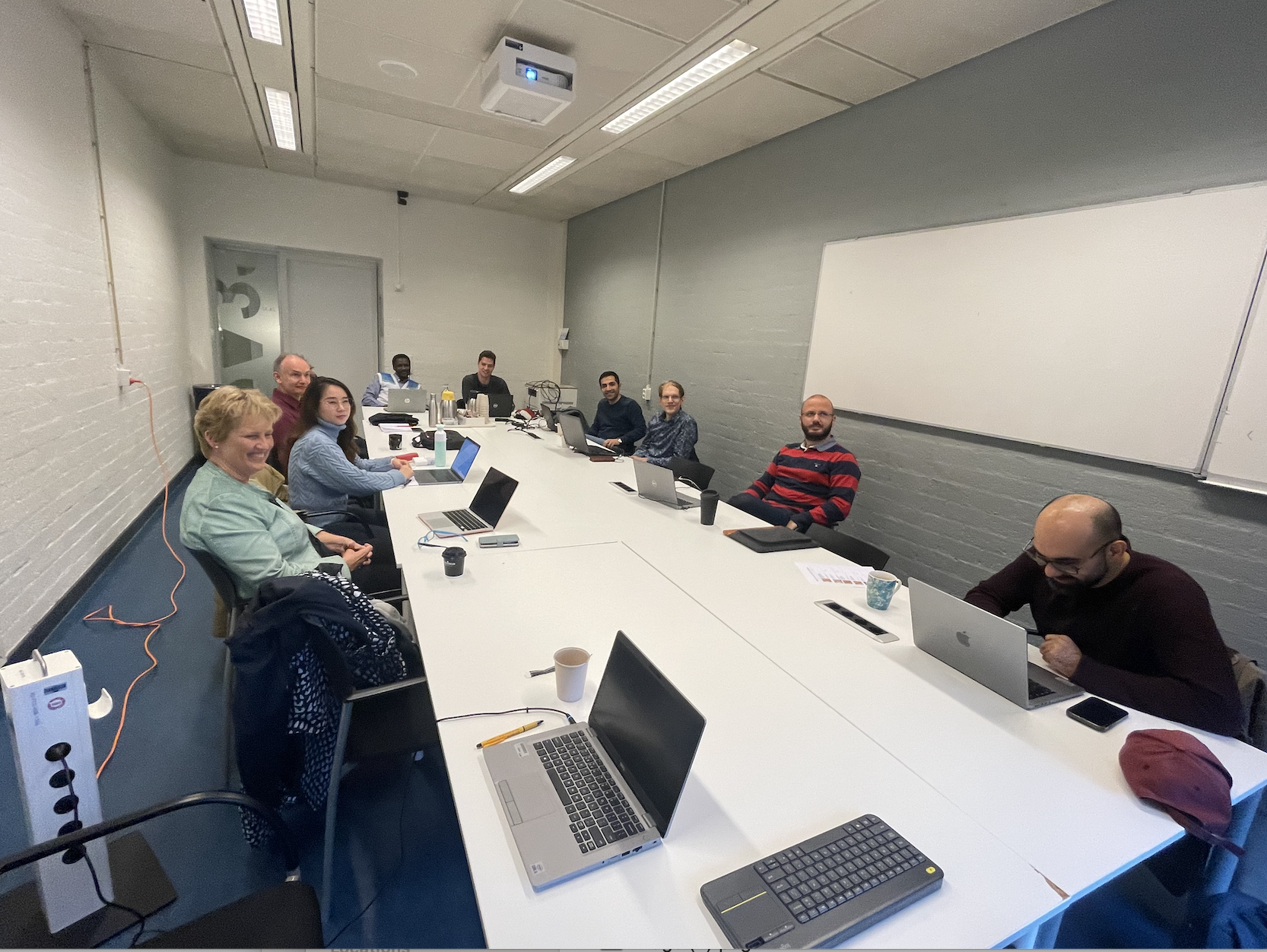
Ethically Text-Mining social media: Bridging Innovation, Responsibility, and Collaboration
by Fan Li | November 2, 2023 | AI, events | 0 Comments
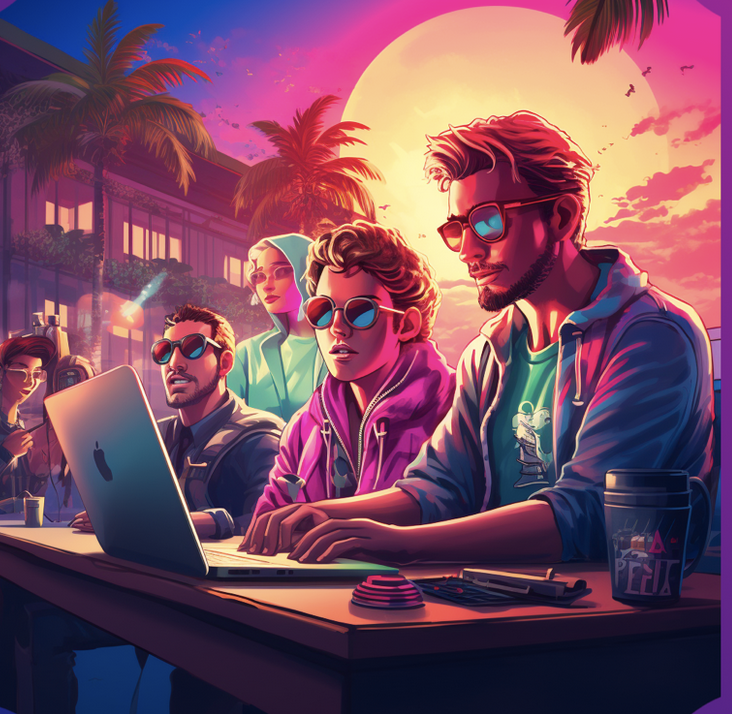
Two Hackathon events
by Willem van Peursen | September 27, 2023 | AI, Digital Approaches to Sacred Texts, events, linguistics, news, Social Media | 0 Comments

Could robots be religious?
by Willem van Peursen | December 15, 2022 | AI, Bible, Digital Approaches to Sacred Texts, events, news, Open Science | 0 Comments

Applying Log-likelihood Computations to Pattern Recognition Results of Colibri-Core.
by Mathias Coeckelbergs | September 29, 2022 | AI, Bible, Digital Approaches to Sacred Texts, Hebrew Bible, linguistics, Peshitta, semantics, text linguistics | 0 Comments
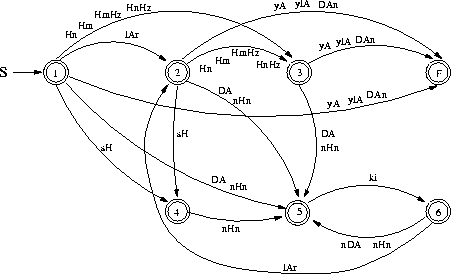
Morphological Parser for Inflectional Languages Using Deep Learning (Part I)
by Willem van Peursen | July 4, 2022 | AI, Computational Linguistics, Hebrew Bible, linguistics, methodology | 0 Comments
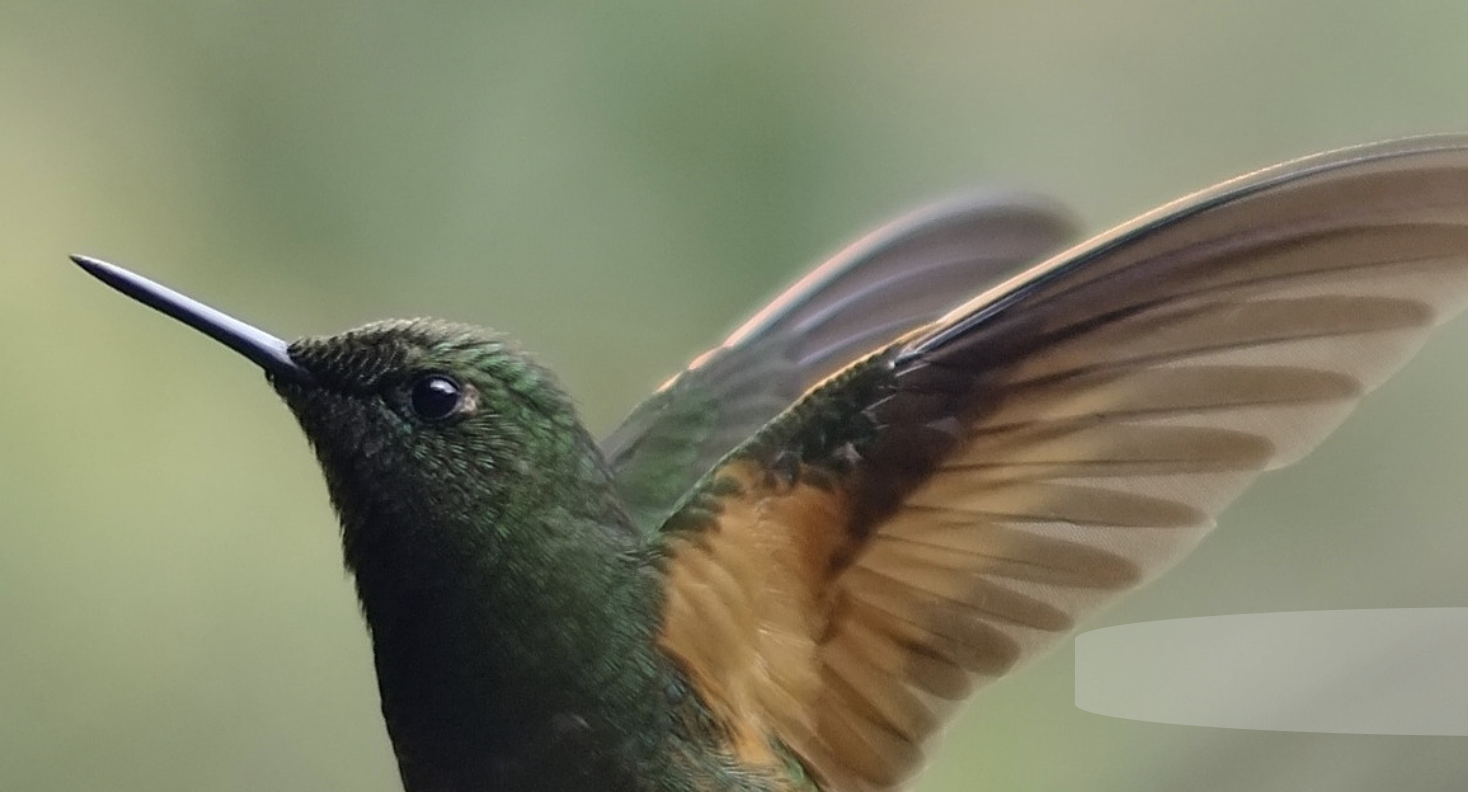
Tracing Patterns across Translations. Applying Colibri Core Techniques to the Peshitta.
by Mathias Coeckelbergs | January 21, 2022 | AI, Bible, Computational Linguistics, Hebrew Bible, linguistics, methodology, Open Science, Peshitta, semantics, Syriac, text linguistics | 0 Comments

Aligning Hebrew and Syriac Genesis. Initial Results of the PaTraCoSy Project.
by Mathias Coeckelbergs | September 20, 2021 | AI, Bible, Computational Linguistics, Hebrew Bible, linguistics, Open Science, Peshitta, semantics, Syriac, Uncategorized | 0 Comments
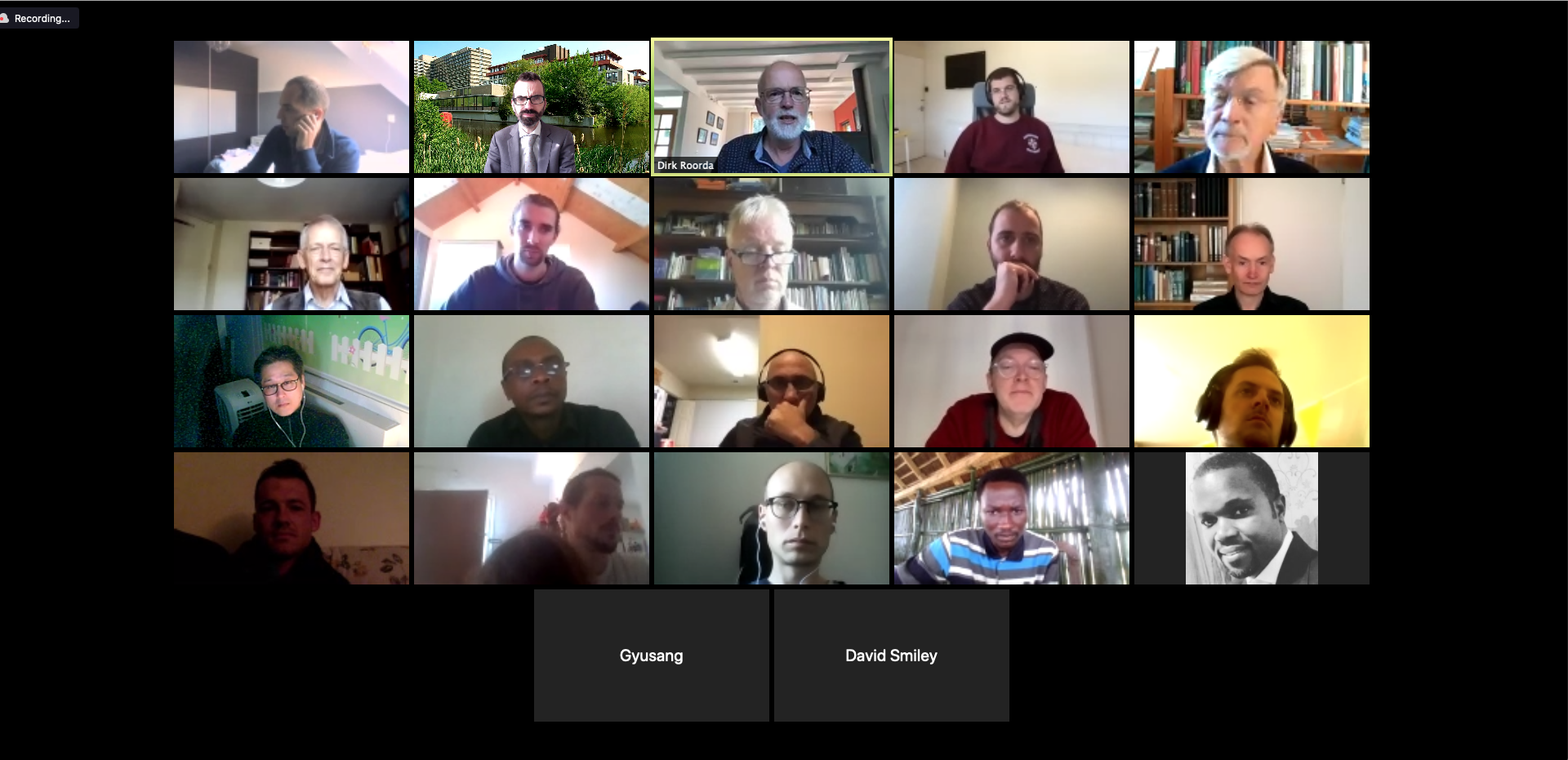
International Interest in the Course Digital Hermeneutics and the Reception of the Hebrew Bible
by Mark Klooster | October 26, 2020 | AI, Computational Linguistics, Database, Education, linguistics, Studies | 0 Comments
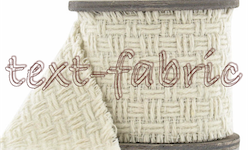
Using a Neural Network to Parse Phrase Atoms in the DSS
by Mark Klooster | October 2, 2020 | AI, Bible, Computational Linguistics, Database, Hebrew Bible, Text-Fabric | 2 Comments

Programme online ETCBC meetings Fall semester 2020
by Willem van Peursen | September 1, 2020 | AI, Bible, Computational Linguistics, Database, events, Text-Fabric | 0 Comments
BIBLE
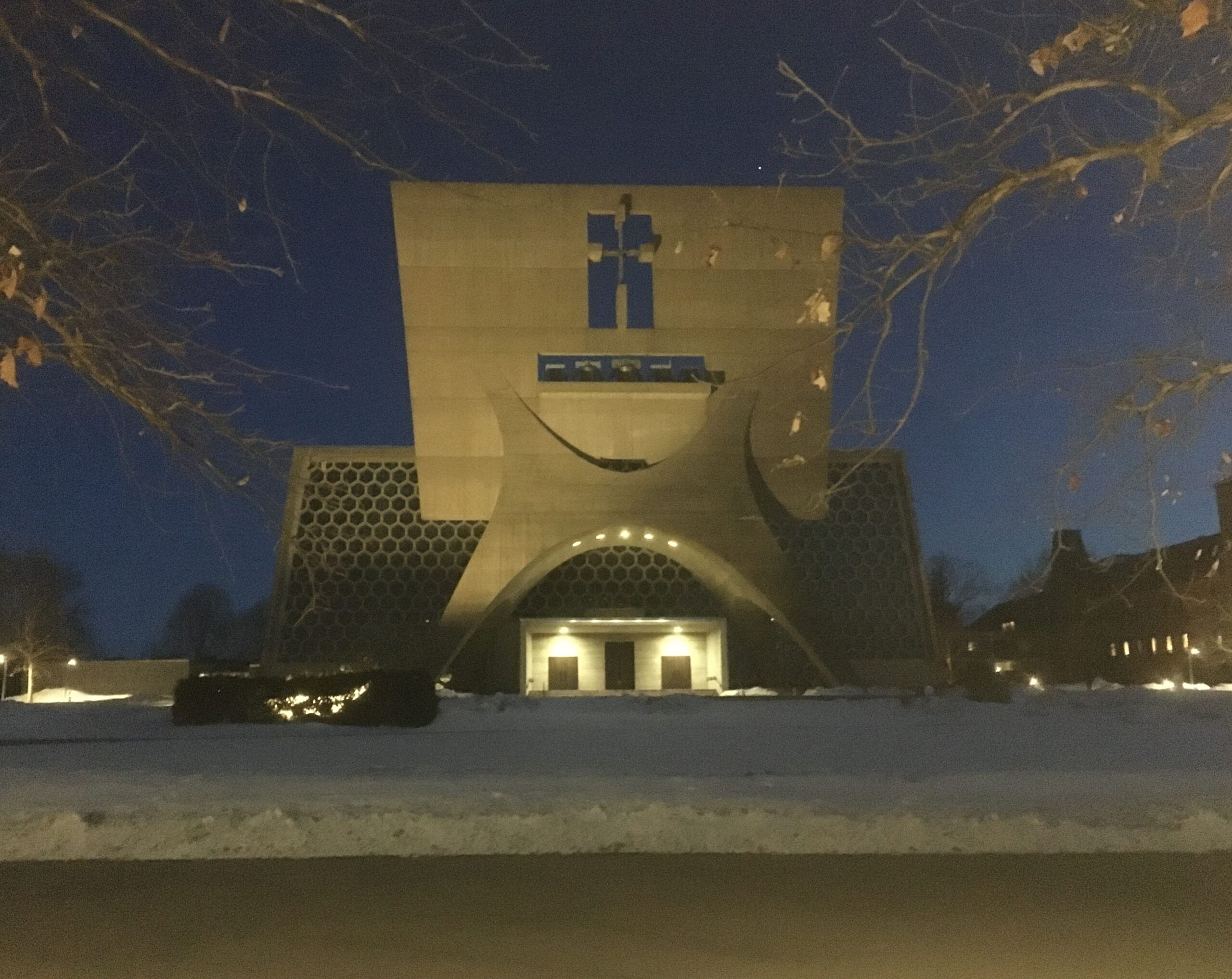
Studying Syriac manuscripts in Minnesota
by Willem van Peursen | May 30, 2023 | Bible, manuscripts, Syriac | 0 Comments

In Memoriam: James K. Aitken (1968-2023)
by Willem van Peursen | April 17, 2023 | Bible, Septuagint | 0 Comments

Could robots be religious?
by Willem van Peursen | December 15, 2022 | AI, Bible, Digital Approaches to Sacred Texts, events, news, Open Science | 0 Comments
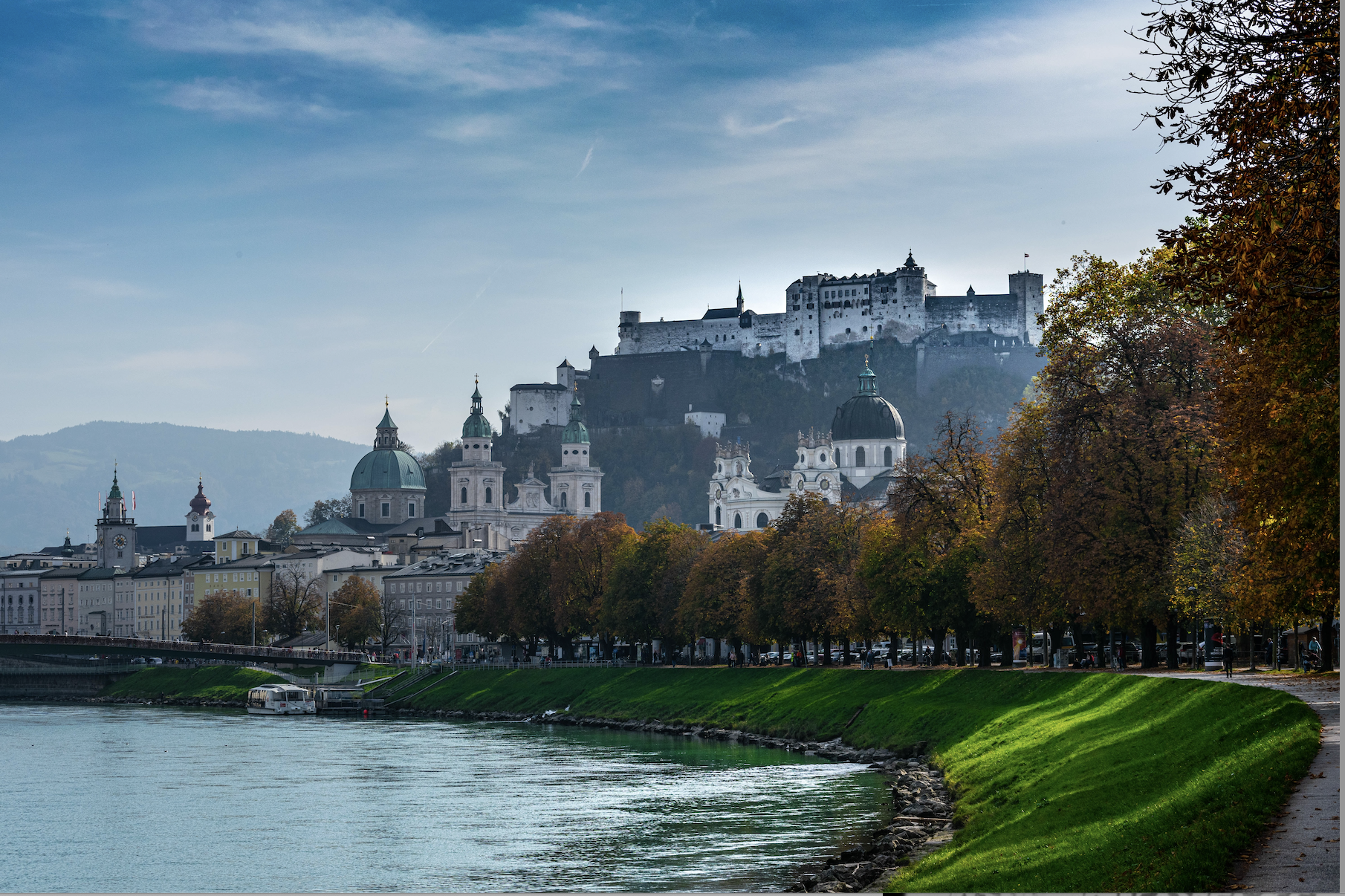
Impressions of the Tenth Meeting of the International Organization for Targumic Studies
by Willem van Peursen | October 21, 2022 | Bible, events, manuscripts, Targum | 0 Comments

Applying Log-likelihood Computations to Pattern Recognition Results of Colibri-Core.
by Mathias Coeckelbergs | September 29, 2022 | AI, Bible, Digital Approaches to Sacred Texts, Hebrew Bible, linguistics, Peshitta, semantics, text linguistics | 0 Comments

Tracing Patterns across Translations. Applying Colibri Core Techniques to the Peshitta.
by Mathias Coeckelbergs | January 21, 2022 | AI, Bible, Computational Linguistics, Hebrew Bible, linguistics, methodology, Open Science, Peshitta, semantics, Syriac, text linguistics | 0 Comments

Aligning Hebrew and Syriac Genesis. Initial Results of the PaTraCoSy Project.
by Mathias Coeckelbergs | September 20, 2021 | AI, Bible, Computational Linguistics, Hebrew Bible, linguistics, Open Science, Peshitta, semantics, Syriac, Uncategorized | 0 Comments

Using the ETCBC database for exploring social networks in Biblical law
by Christian Canu Højgaard | July 7, 2021 | Bible, Computational Linguistics, Hebrew Bible, linguistics, methodology, semantics, Social Network Analysis, Text-Fabric | 1 Comment
The Semantics of Ancient Hebrew Database – A New Start
by Klaas Spronk | March 9, 2021 | Bible, Database, Hebrew Bible, linguistics | 0 Comments

Digital Approaches to the Old Testament and Other Sacred Texts — Research Meetings Spring 2021
by Willem van Peursen | January 27, 2021 | Bible, Computational Linguistics, events, Hebrew Bible, Open Science, Text-Fabric, Uncategorized | 0 Comments

The Brill Peshitta Portal Project
by Willem van Peursen | October 8, 2020 | Bible, Database, manuscripts, Peshitta, Syriac | 0 Comments

Using a Neural Network to Parse Phrase Atoms in the DSS
by Mark Klooster | October 2, 2020 | AI, Bible, Computational Linguistics, Database, Hebrew Bible, Text-Fabric | 2 Comments

Programme online ETCBC meetings Fall semester 2020
by Willem van Peursen | September 1, 2020 | AI, Bible, Computational Linguistics, Database, events, Text-Fabric | 0 Comments
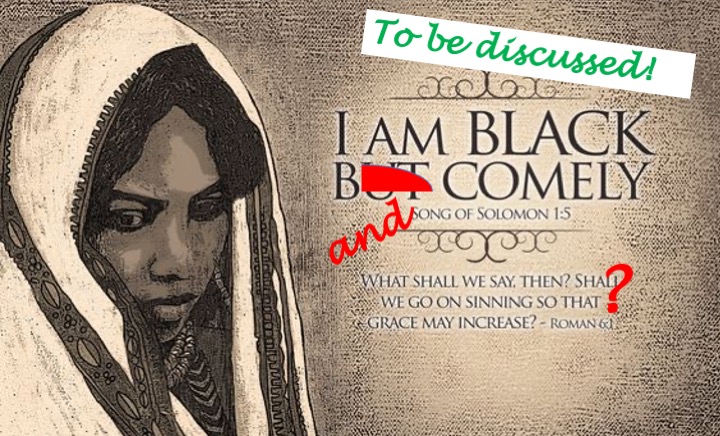
“Dark I am and/but lovely”
by Willem van Peursen | July 2, 2020 | Bible, Computational Linguistics, Database, events, Hebrew Bible, Hebrew Learning, linguistics, Translation | 0 Comments
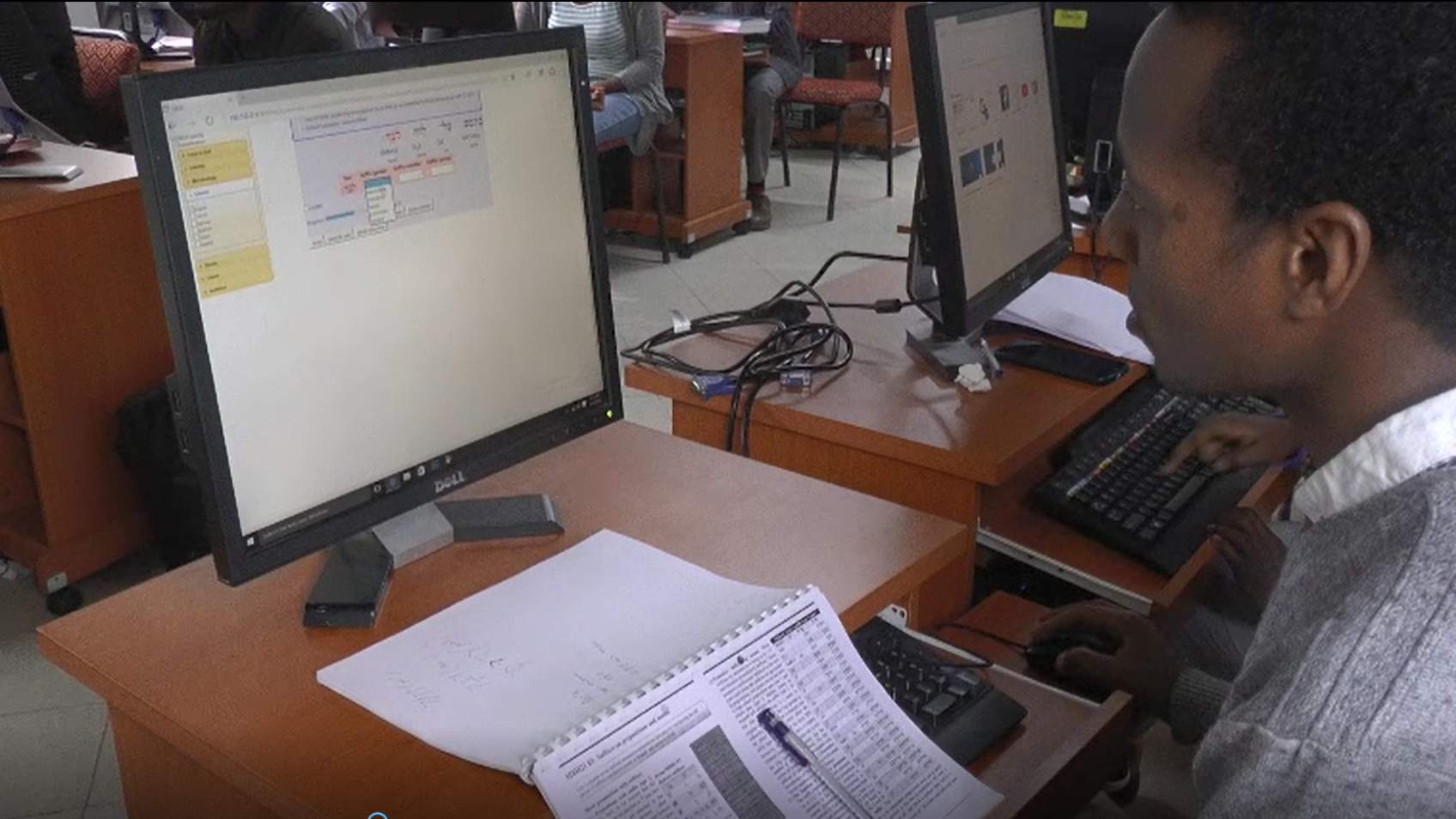
Building an Amharic lens to the languages of the Bible
by Willem van Peursen | December 3, 2019 | Bible, Hebrew Classroom, Hebrew Learning, linguistics, news, Open Science, Translation | 0 Comments
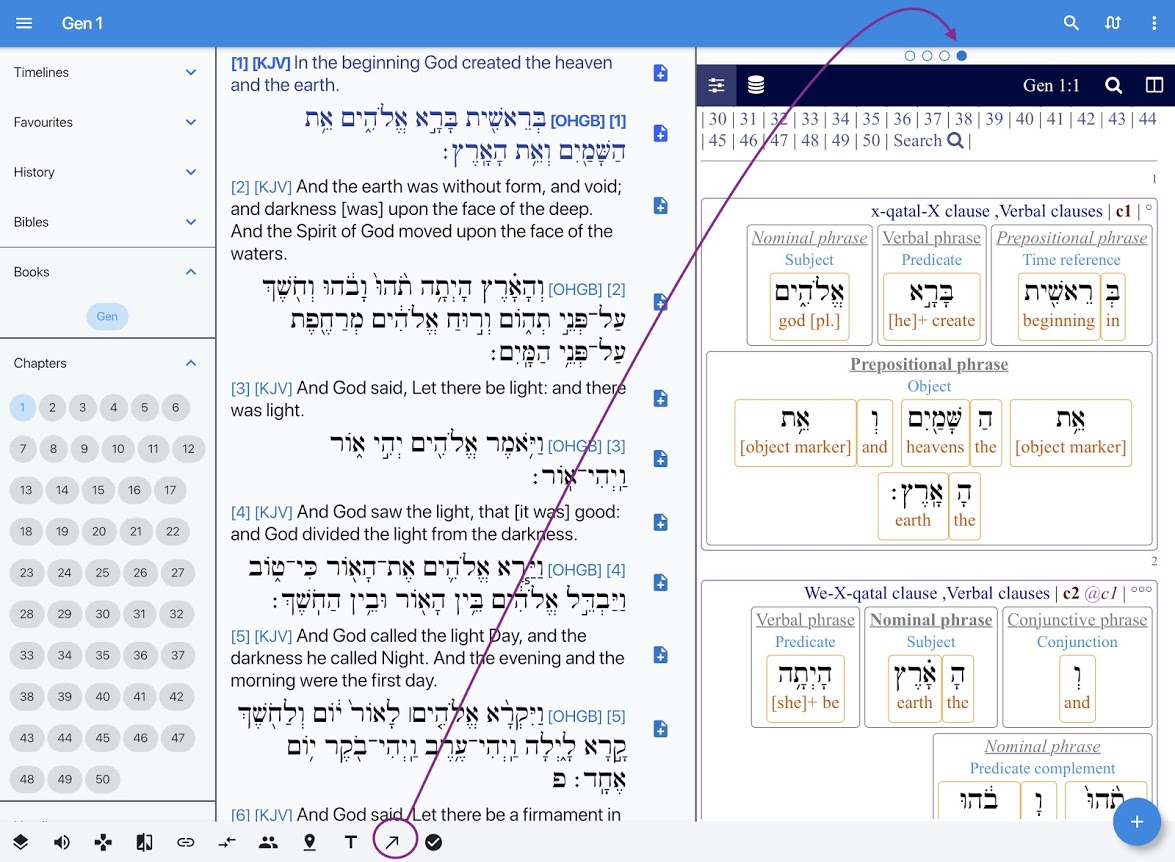
Integrating BHSA Data with Wider Biblical Resources on Desktop and Mobile Platforms
by Eliran Wong | October 30, 2019 | Bible, Database, Hebrew Bible, Hebrew Learning, Open Science, Uncategorized | 0 Comments
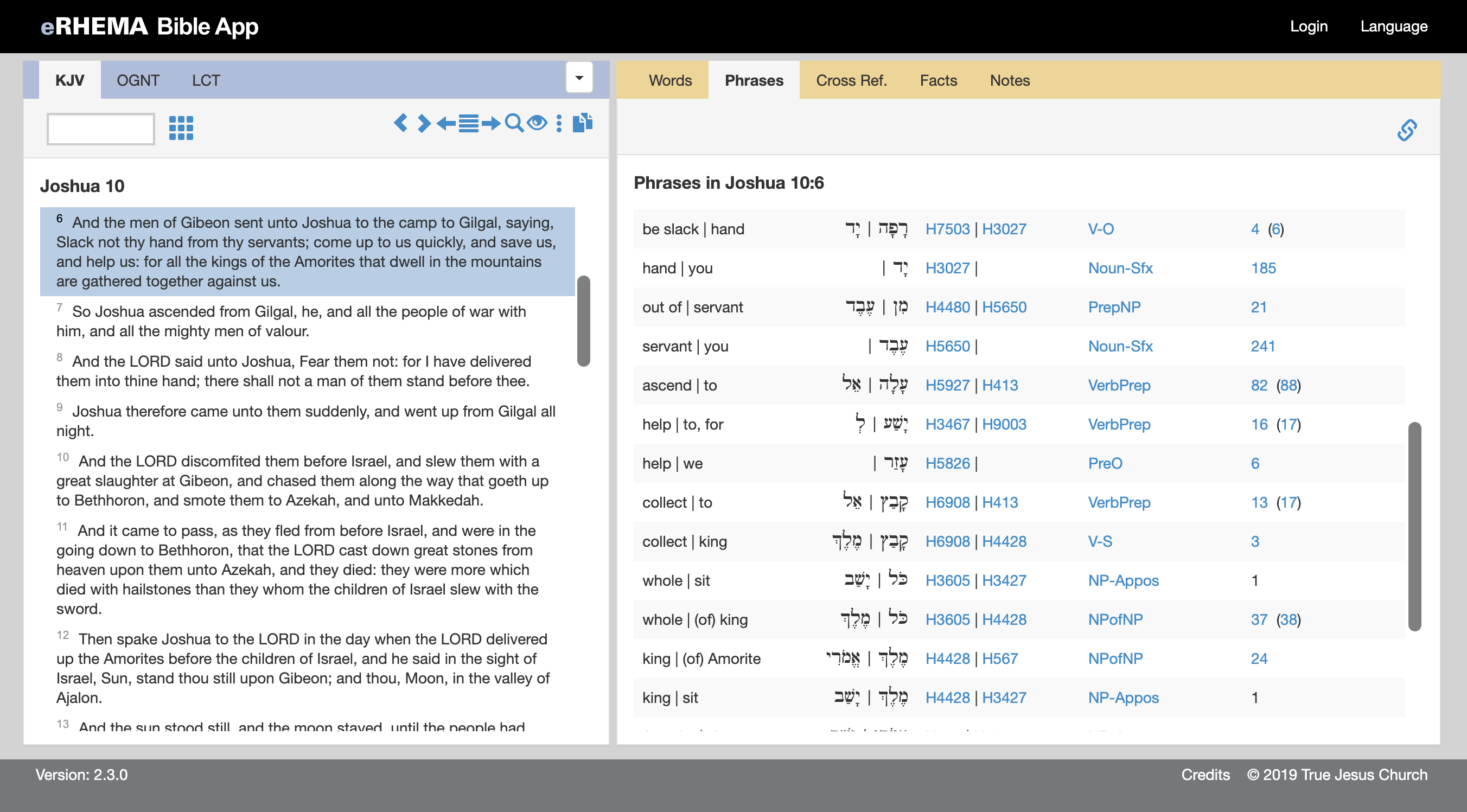
Phrase and Syntax Search for the Layperson
by Stephen Ku | August 30, 2019 | Bible, Hebrew Bible, linguistics, Open Science, Text-Fabric | 0 Comments
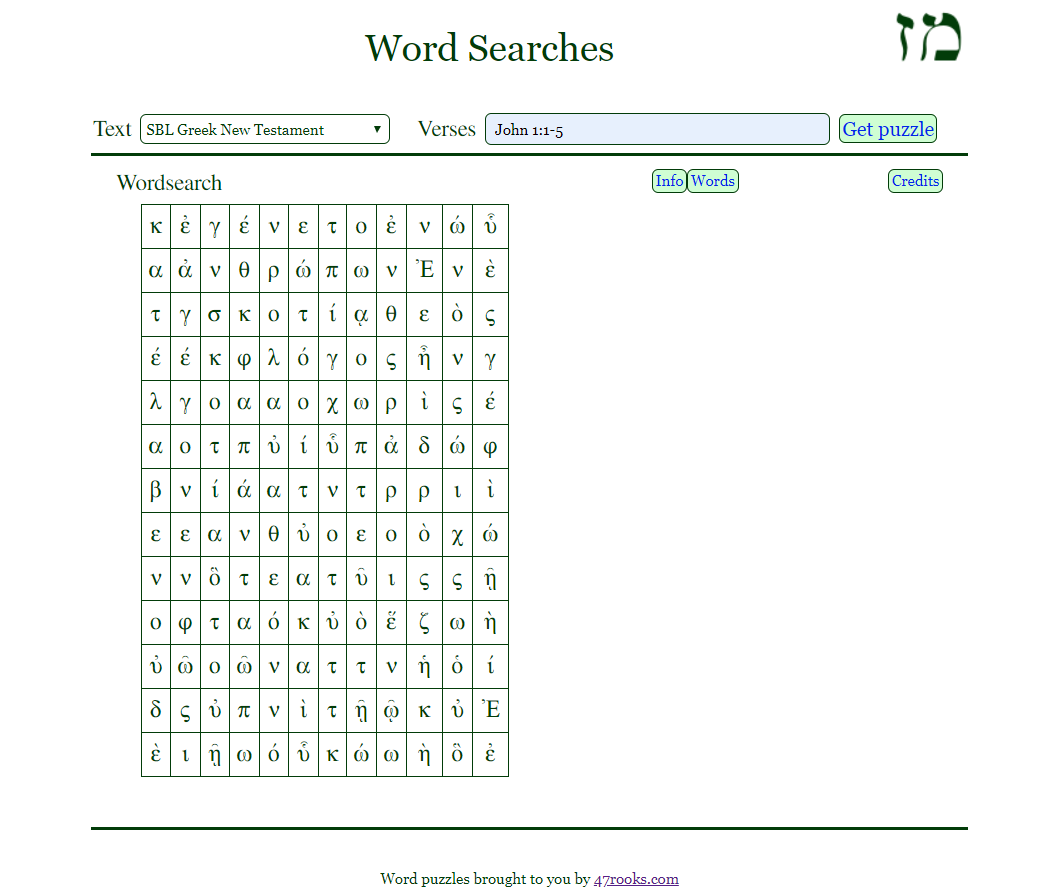
Word Games For Learning Biblical Languages
by Daniel Semler | May 17, 2019 | Bible, Hebrew Bible, Hebrew Classroom, Hebrew Learning | 0 Comments

Linguistic Dating and the Tiberias Stylistic Classifier for the Hebrew Bible
by Joshua Berman | May 7, 2019 | Bible, Hebrew Bible, methodology, Stylistics | 0 Comments
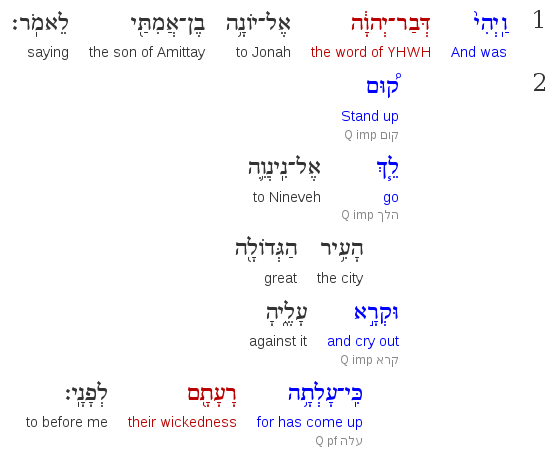
Digital Tools for the Study of Biblical Hebrew
by Camil Staps | November 5, 2018 | Bible, Hebrew Bible, Hebrew Classroom, Hebrew Learning | 0 Comments

Bootcamp: NLP tools for Syriac, 17–18 January 2019
by Willem van Peursen | September 11, 2018 | Bible, events, linguistics | 0 Comments

The Value of Open Data: An Explanation and an Exhortation
by James Cuénod | August 28, 2018 | Bible, Hebrew Learning | 1 Comment

Hebrew in Mexico with the Bible Online Learner
by Willem van Peursen | July 10, 2018 | Bible, Hebrew Classroom, Hebrew Learning, news, Uncategorized | 1 Comment
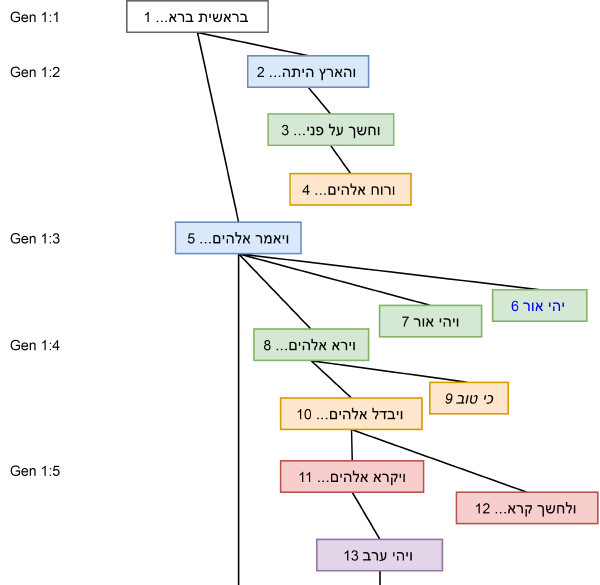
Text-hierarchic trees in the ETCBC database
by Dirk Bakker | January 11, 2018 | Bible | 0 Comments
COMPUTATIONAL INGUISTICS
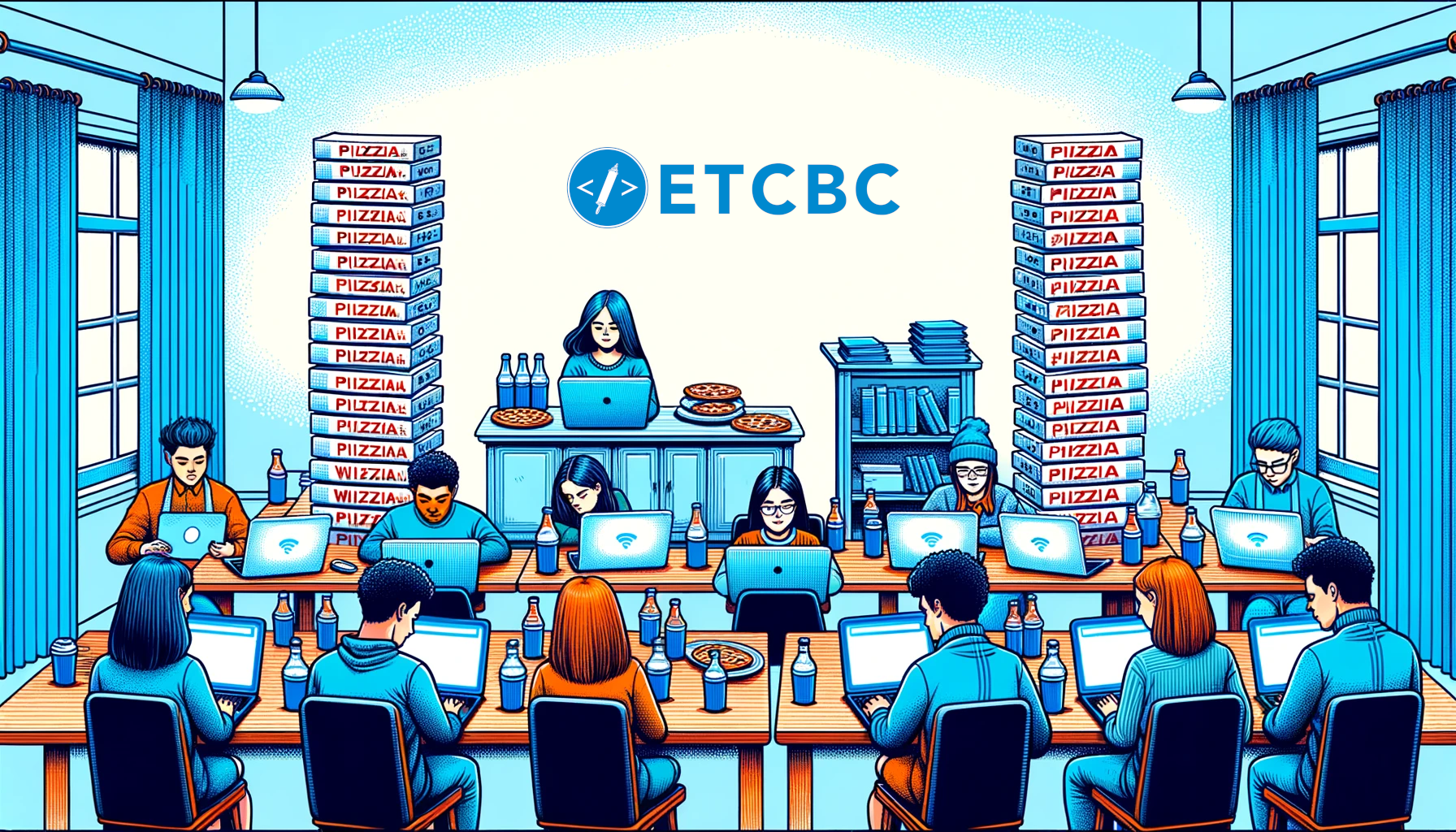
When Religion Meets Technology: A Dive into Day 2 of the Hackathon “Live-mapping Religious Difference Online”
by Johannes Froeh | November 3, 2023 | Computational Linguistics, Digital Approaches to Sacred Texts, events, Social Media, Social Network Analysis | 0 Comments

Morphological Parser for Inflectional Languages Using Deep Learning (Part I)
by Willem van Peursen | July 4, 2022 | AI, Computational Linguistics, Hebrew Bible, linguistics, methodology | 0 Comments

Tracing Patterns across Translations. Applying Colibri Core Techniques to the Peshitta.
by Mathias Coeckelbergs | January 21, 2022 | AI, Bible, Computational Linguistics, Hebrew Bible, linguistics, methodology, Open Science, Peshitta, semantics, Syriac, text linguistics | 0 Comments

Aligning Hebrew and Syriac Genesis. Initial Results of the PaTraCoSy Project.
by Mathias Coeckelbergs | September 20, 2021 | AI, Bible, Computational Linguistics, Hebrew Bible, linguistics, Open Science, Peshitta, semantics, Syriac, Uncategorized | 0 Comments

Using the ETCBC database for exploring social networks in Biblical law
by Christian Canu Højgaard | July 7, 2021 | Bible, Computational Linguistics, Hebrew Bible, linguistics, methodology, semantics, Social Network Analysis, Text-Fabric | 1 Comment
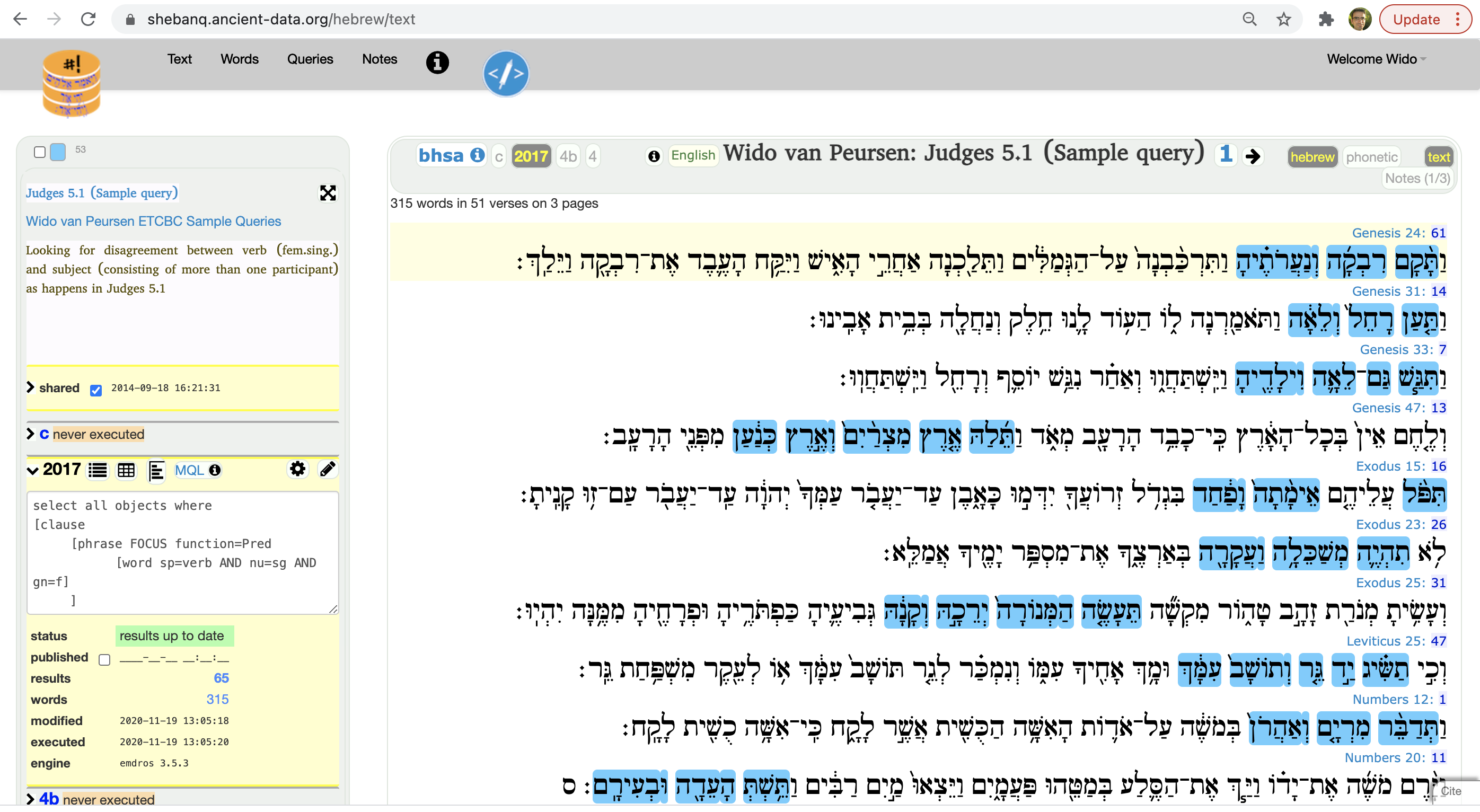
Translating the Bible with the help of SHEBANQ
by Bas Meeuse | March 15, 2021 | Computational Linguistics, Database, Education, Hebrew Bible, SHEBANQ, Translation | 0 Comments

Digital Approaches to the Old Testament and Other Sacred Texts — Research Meetings Spring 2021
by Willem van Peursen | January 27, 2021 | Bible, Computational Linguistics, events, Hebrew Bible, Open Science, Text-Fabric, Uncategorized | 0 Comments

International Interest in the Course Digital Hermeneutics and the Reception of the Hebrew Bible
by Mark Klooster | October 26, 2020 | AI, Computational Linguistics, Database, Education, linguistics, Studies | 0 Comments

Using a Neural Network to Parse Phrase Atoms in the DSS
by Mark Klooster | October 2, 2020 | AI, Bible, Computational Linguistics, Database, Hebrew Bible, Text-Fabric | 2 Comments

Programme online ETCBC meetings Fall semester 2020
by Willem van Peursen | September 1, 2020 | AI, Bible, Computational Linguistics, Database, events, Text-Fabric | 0 Comments

“Dark I am and/but lovely”
by Willem van Peursen | July 2, 2020 | Bible, Computational Linguistics, Database, events, Hebrew Bible, Hebrew Learning, linguistics, Translation | 0 Comments
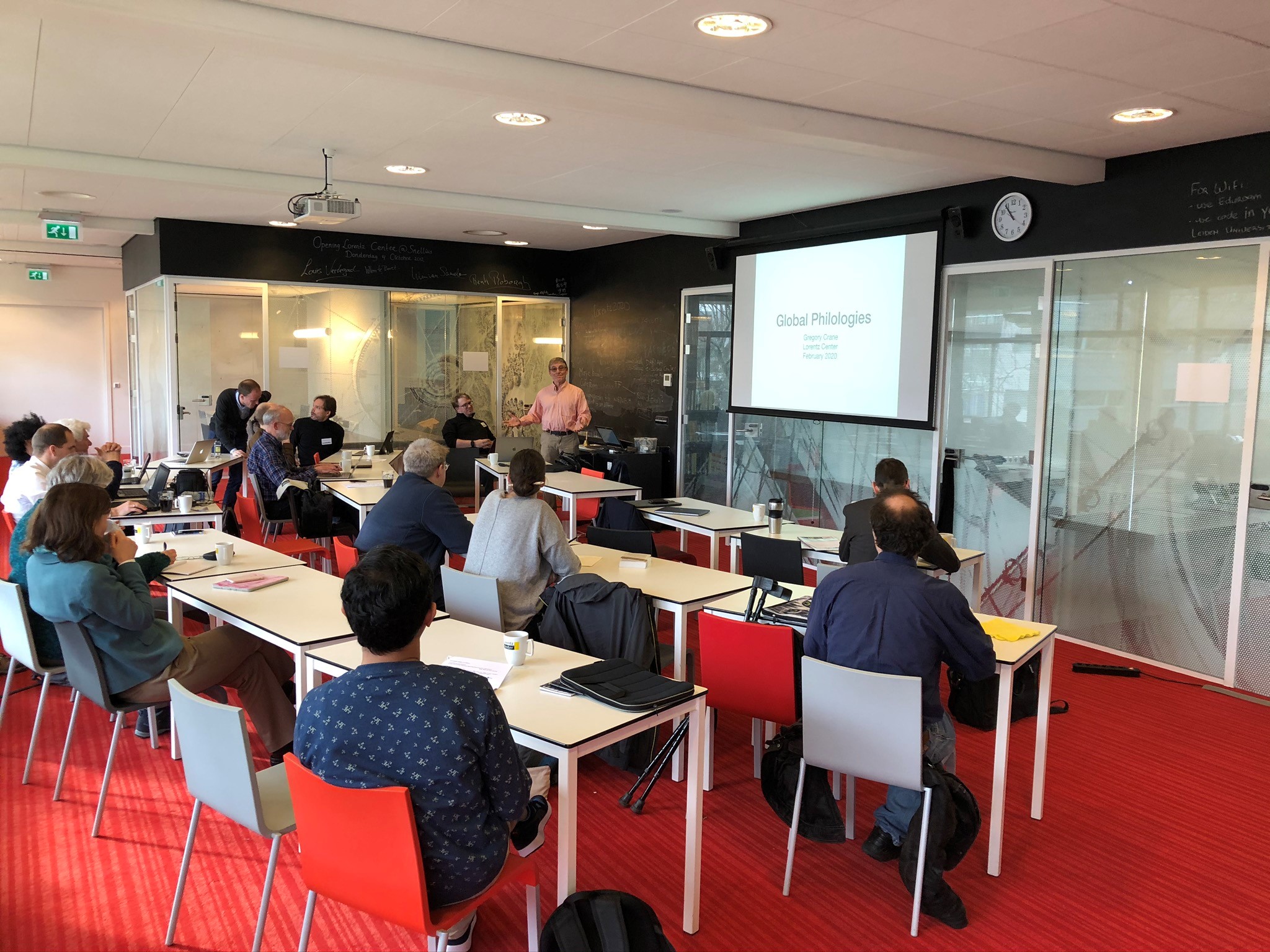
Lorentz Workshop 2020: Processing Ancient Text Corpora
by Alba de Ridder | March 13, 2020 | Computational Linguistics, events, linguistics, manuscripts, methodology, news, Text-Fabric | 0 Comments

The Conversion of Features of the Biblical DSS to ETCBC Encoding
by Martijn Naaijer | March 3, 2020 | Computational Linguistics, Hebrew Bible, Text-Fabric | 0 Comments
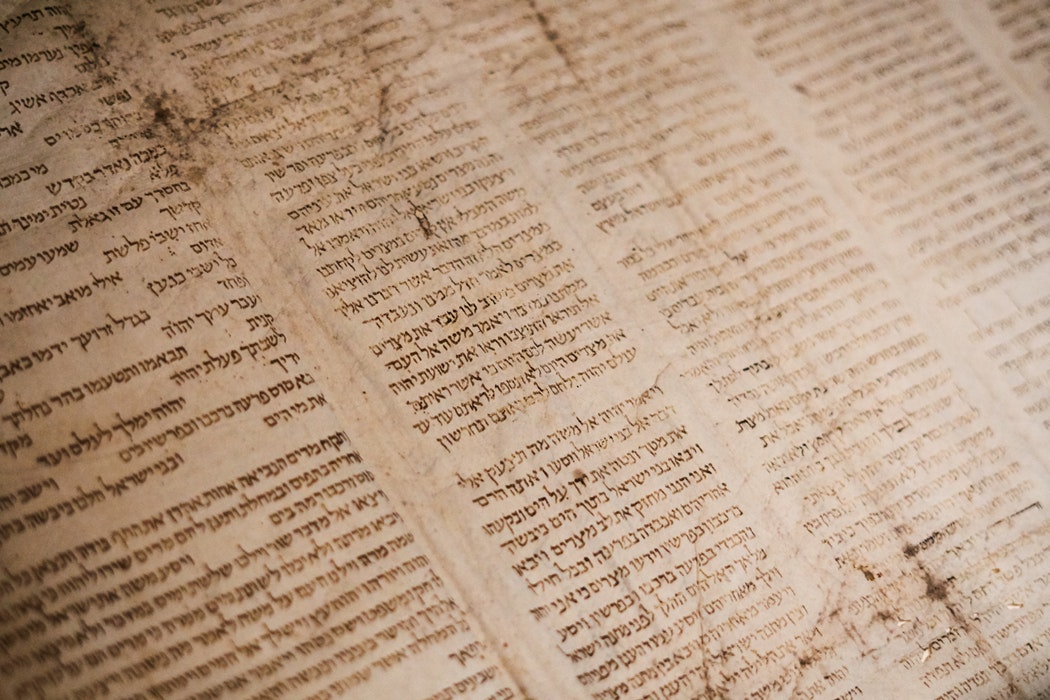
New Text-Fabric module: The Dead Sea Scrolls
by Martijn Naaijer | May 14, 2019 | Computational Linguistics, Database, Hebrew Bible, Text-Fabric | 0 Comments
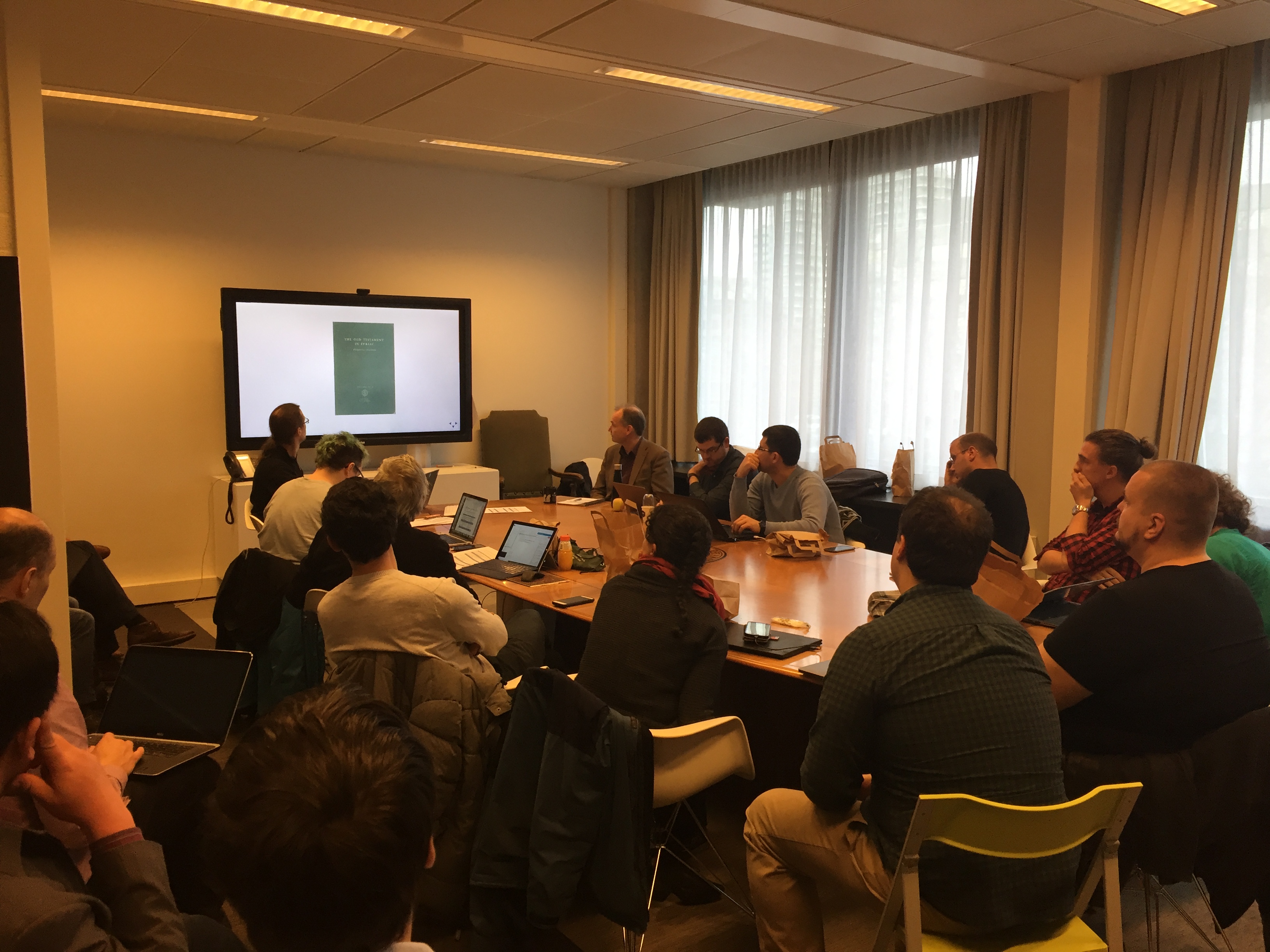
Bootcamp on NLP tools for Syriac
by Constantijn Sikkel | January 23, 2019 | Computational Linguistics, Text-Fabric | 0 Comments
(Re)fuelling Text-Fabric: Updating ETCBC’s Public Data Sources
by Christiaan Erwich | September 21, 2018 | Computational Linguistics, Database, linguistics, methodology, Open Science, SHEBANQ, text linguistics, Text-Fabric | 1 Comment
DATABASE

Translating the Bible with the help of SHEBANQ
by Bas Meeuse | March 15, 2021 | Computational Linguistics, Database, Education, Hebrew Bible, SHEBANQ, Translation | 0 Comments
The Semantics of Ancient Hebrew Database – A New Start
by Klaas Spronk | March 9, 2021 | Bible, Database, Hebrew Bible, linguistics | 0 Comments

International Interest in the Course Digital Hermeneutics and the Reception of the Hebrew Bible
by Mark Klooster | October 26, 2020 | AI, Computational Linguistics, Database, Education, linguistics, Studies | 0 Comments

The Brill Peshitta Portal Project
by Willem van Peursen | October 8, 2020 | Bible, Database, manuscripts, Peshitta, Syriac | 0 Comments

Using a Neural Network to Parse Phrase Atoms in the DSS
by Mark Klooster | October 2, 2020 | AI, Bible, Computational Linguistics, Database, Hebrew Bible, Text-Fabric | 2 Comments

Programme online ETCBC meetings Fall semester 2020
by Willem van Peursen | September 1, 2020 | AI, Bible, Computational Linguistics, Database, events, Text-Fabric | 0 Comments

“Dark I am and/but lovely”
by Willem van Peursen | July 2, 2020 | Bible, Computational Linguistics, Database, events, Hebrew Bible, Hebrew Learning, linguistics, Translation | 0 Comments

Integrating BHSA Data with Wider Biblical Resources on Desktop and Mobile Platforms
by Eliran Wong | October 30, 2019 | Bible, Database, Hebrew Bible, Hebrew Learning, Open Science, Uncategorized | 0 Comments

New Text-Fabric module: The Dead Sea Scrolls
by Martijn Naaijer | May 14, 2019 | Computational Linguistics, Database, Hebrew Bible, Text-Fabric | 0 Comments
(Re)fuelling Text-Fabric: Updating ETCBC’s Public Data Sources
by Christiaan Erwich | September 21, 2018 | Computational Linguistics, Database, linguistics, methodology, Open Science, SHEBANQ, text linguistics, Text-Fabric | 1 Comment
